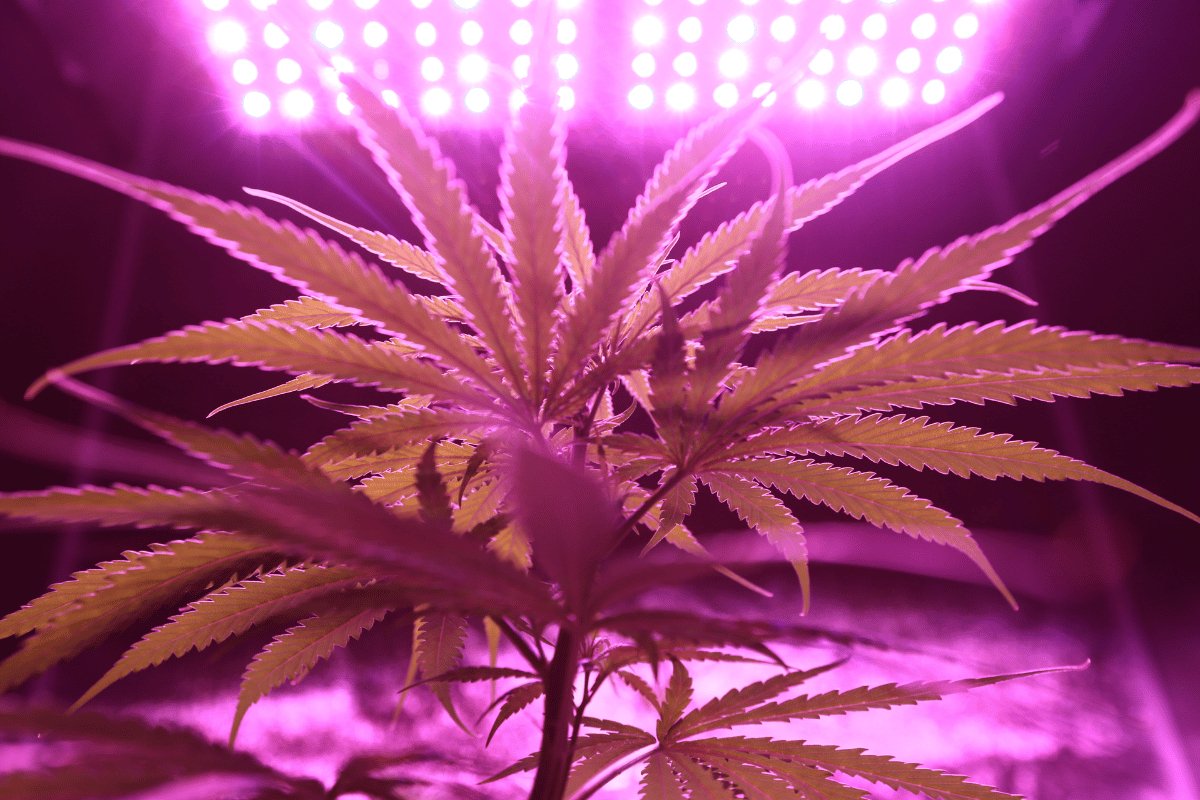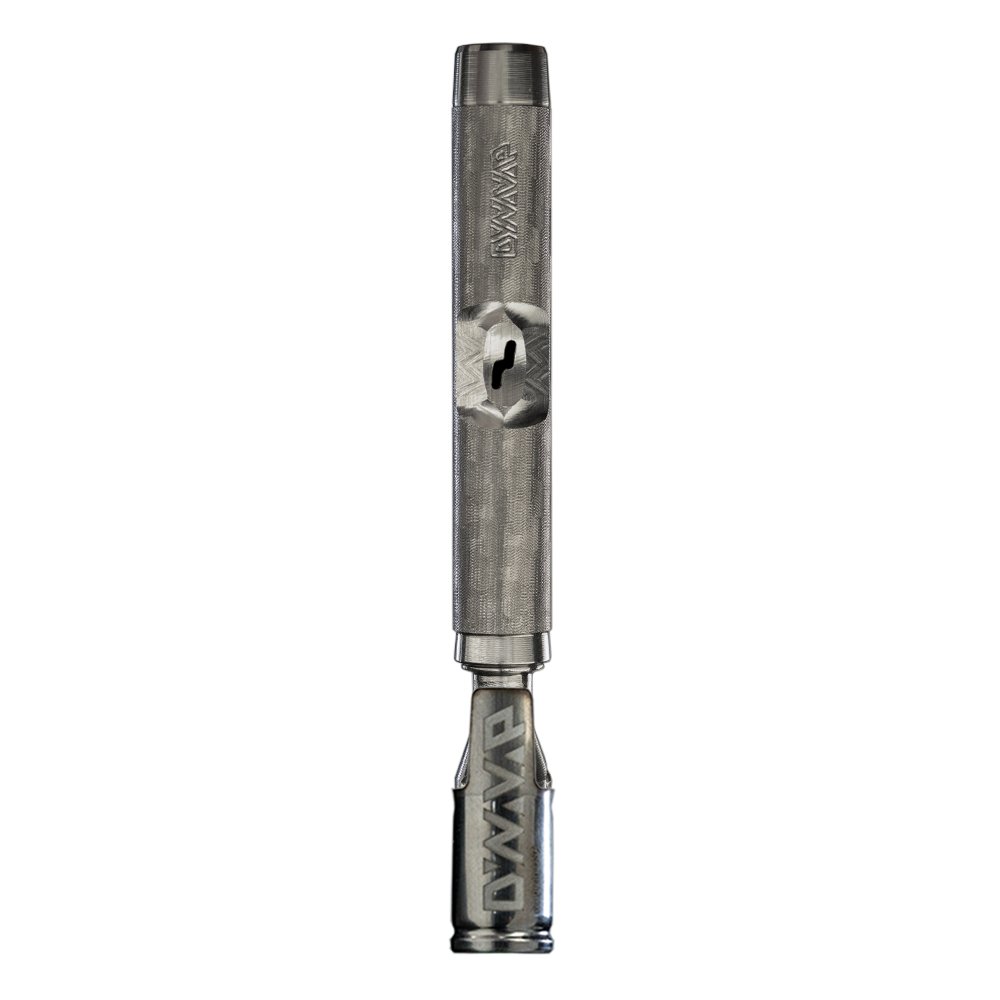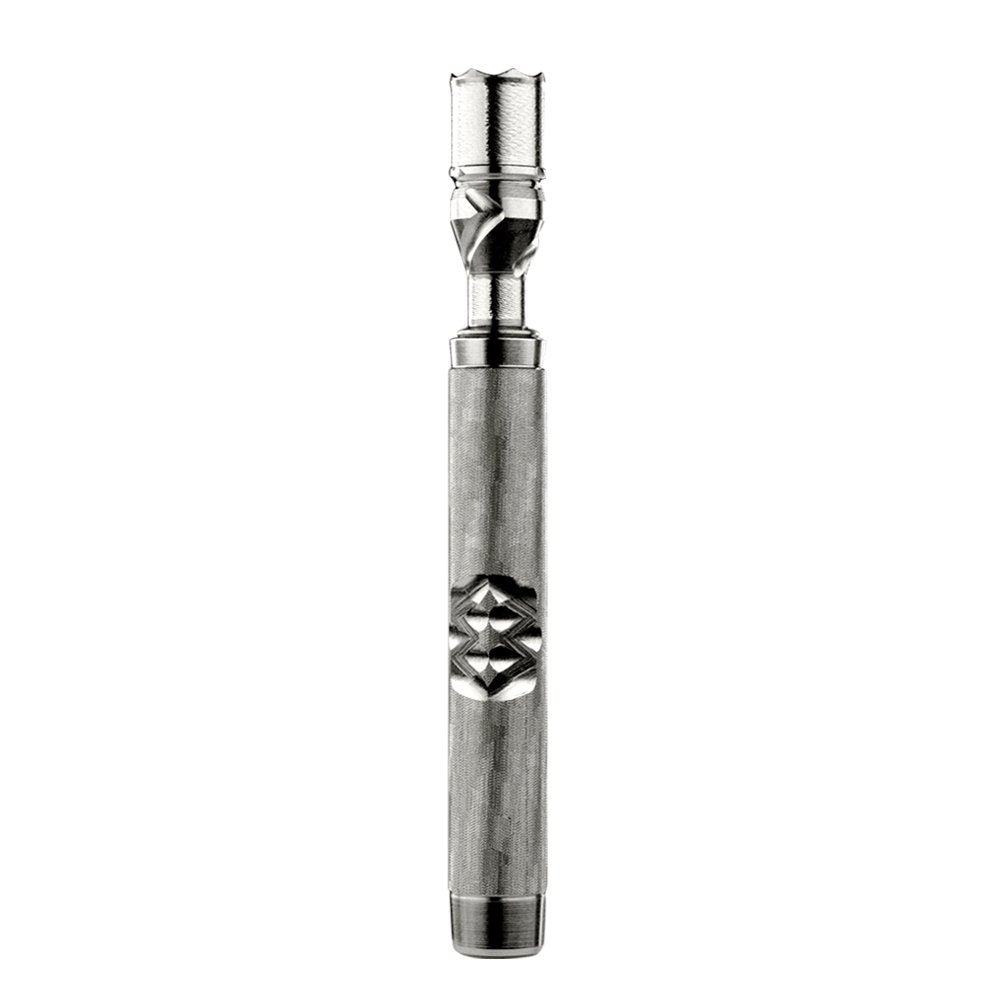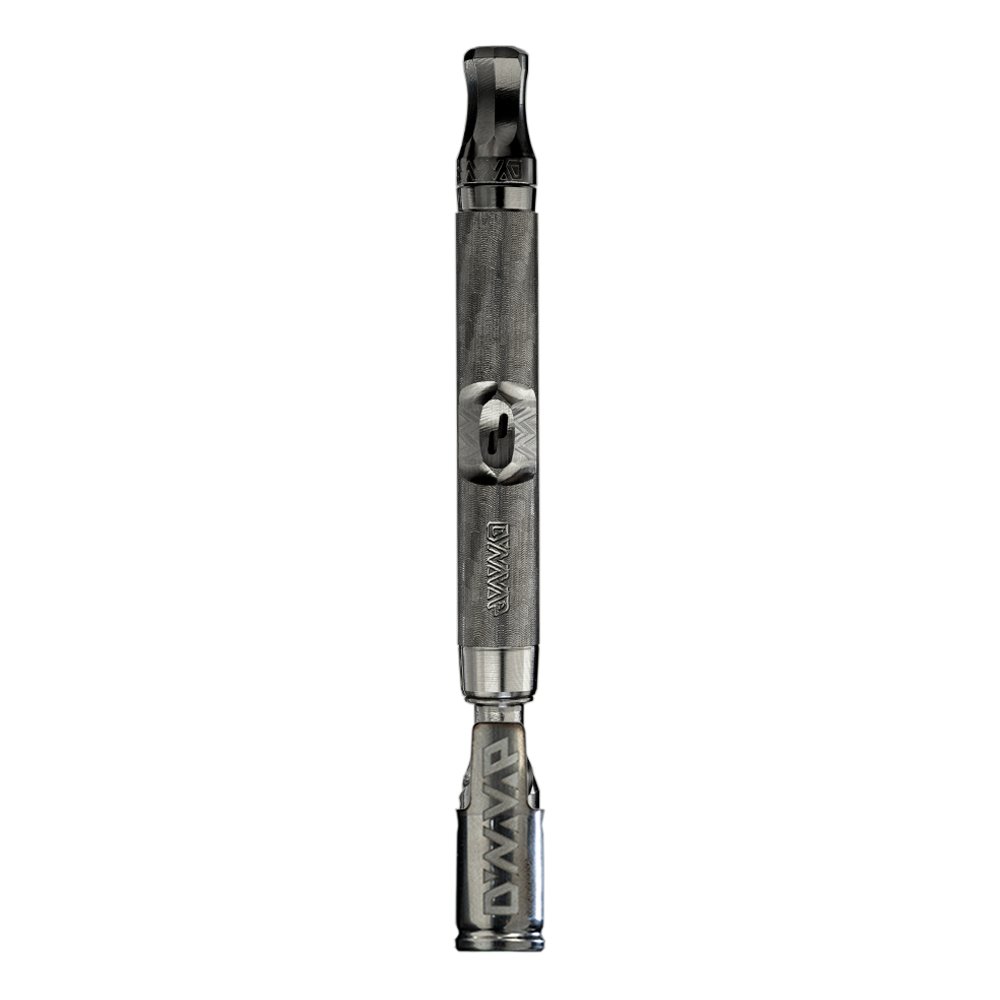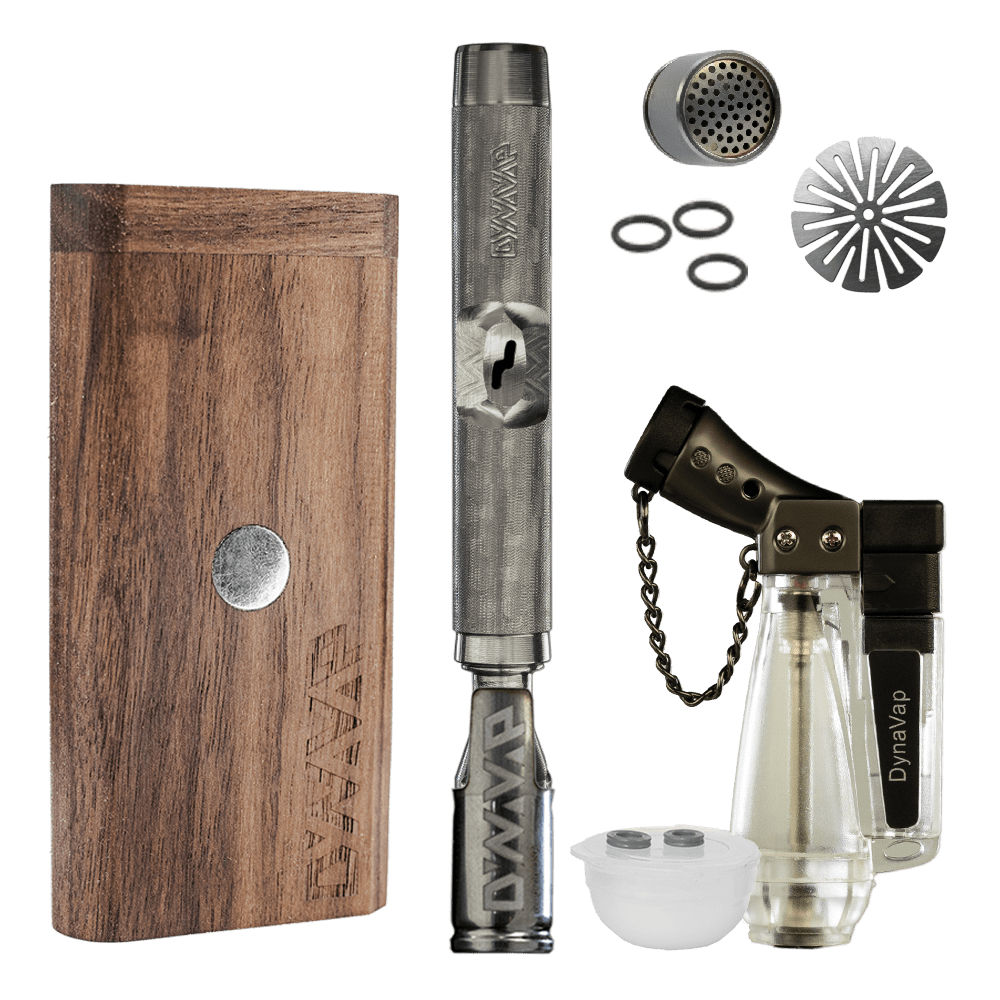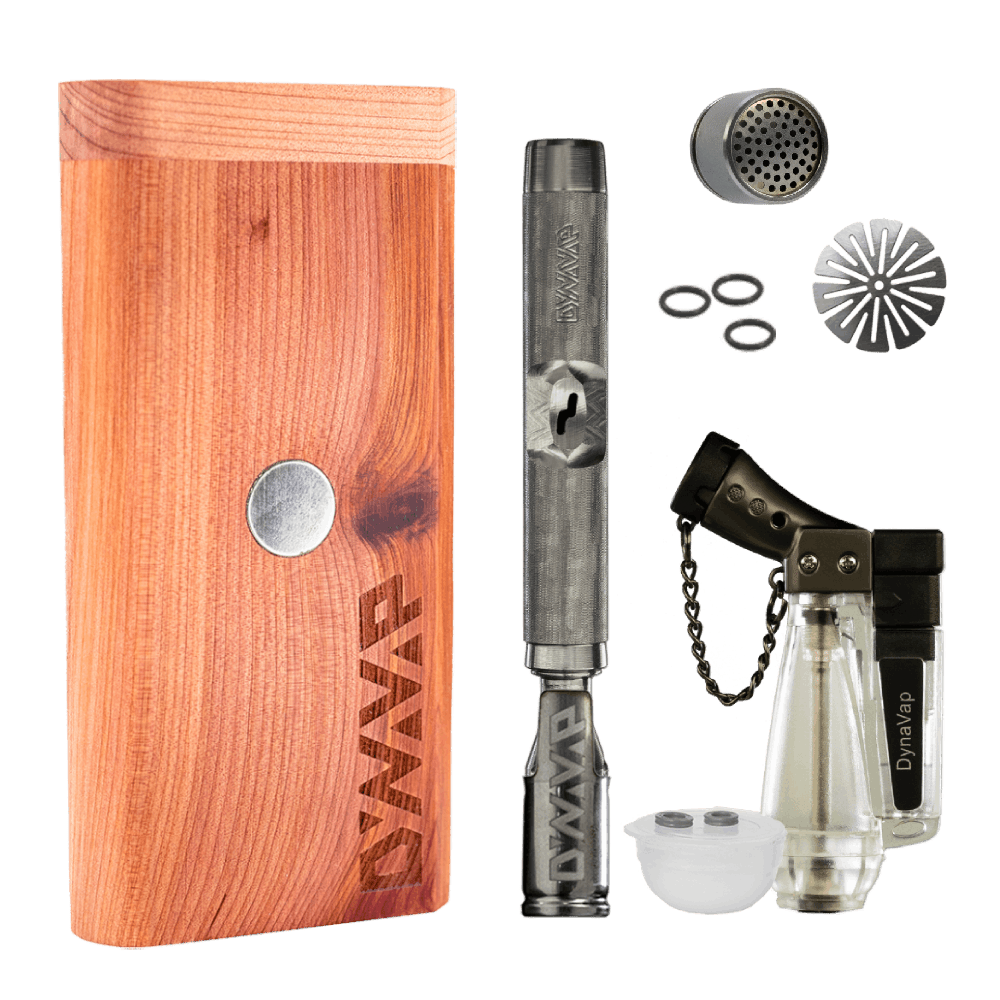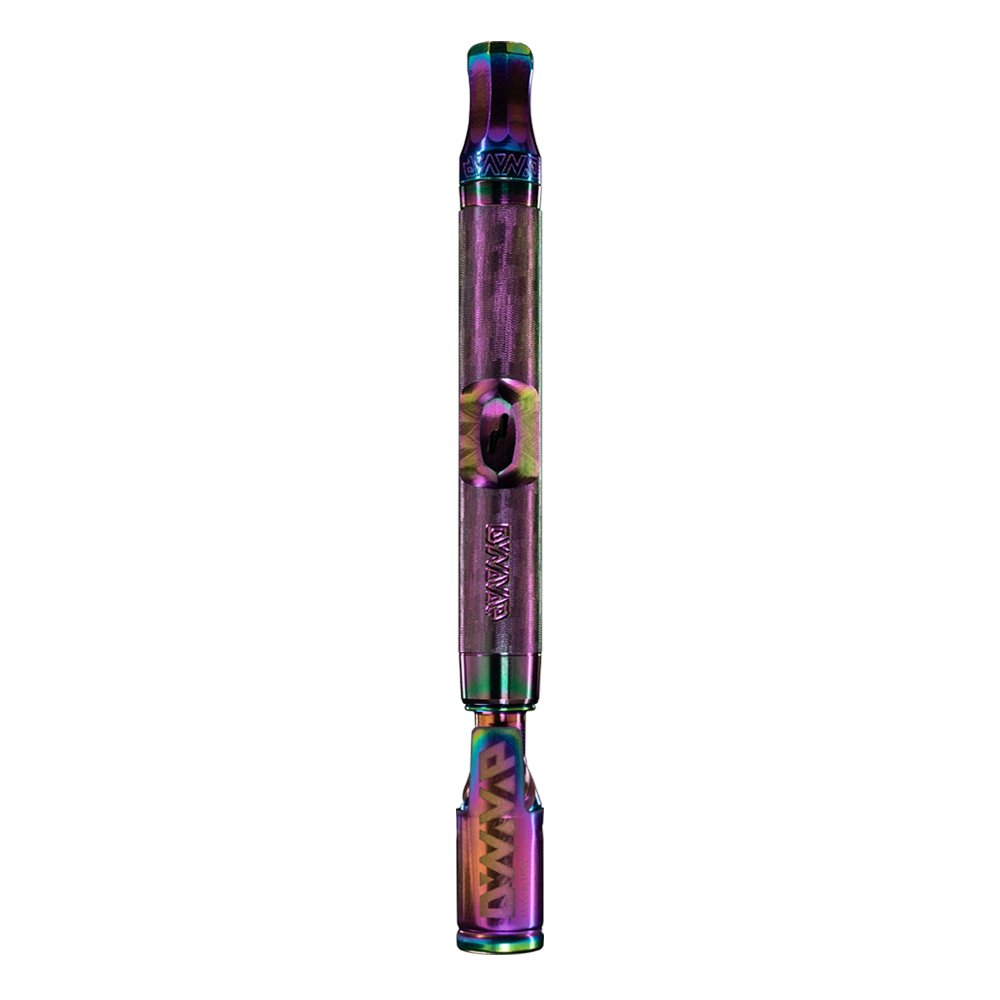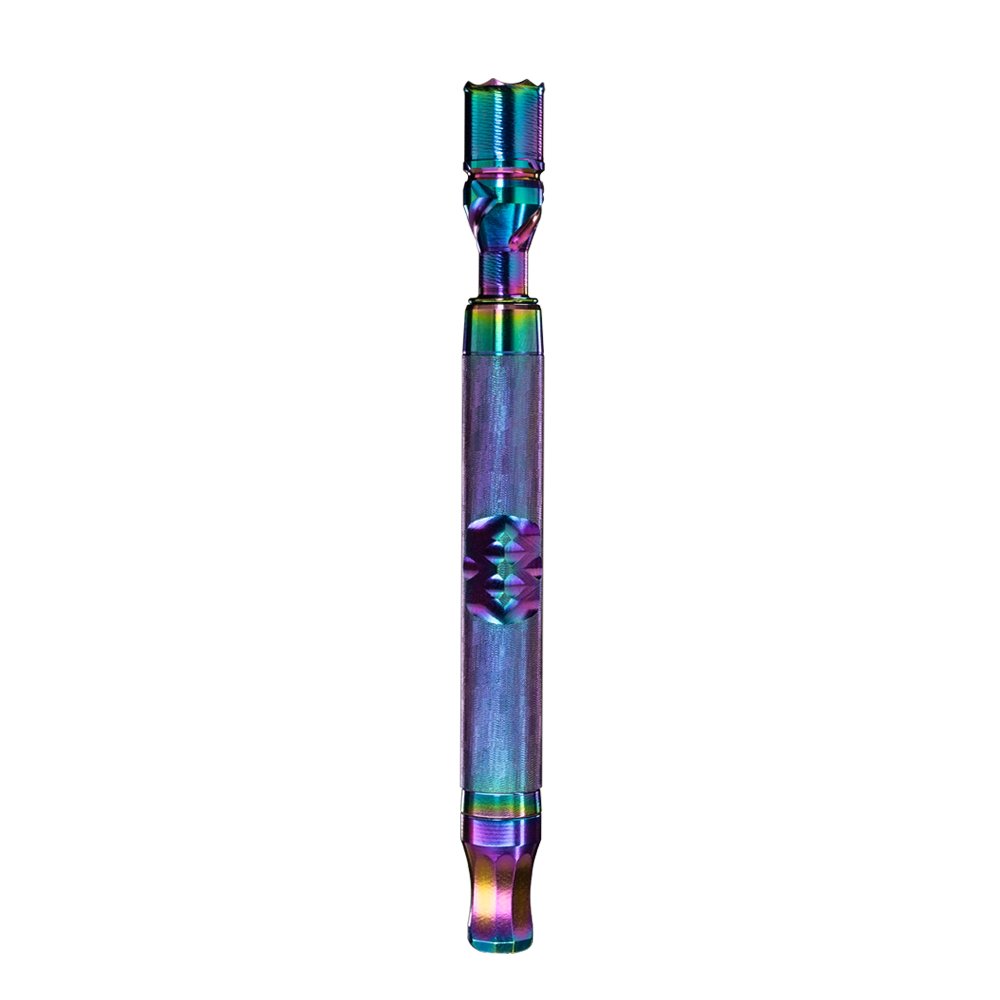Whether it's for recreational or medicinal purposes, the effects of weed are not as simple as just being a stimulant or depressant. It depends on the person, strain of marijuana, and method of consumption. In this post, we dive into the topic of whether weed is a stimulant or depressant and what factors influence its different effects on the brain and body.
Understanding Stimulants and Depressants
Stimulants and depressants are two broad categories of substances that impact the central nervous system.
What is a Stimulant?
Stimulants increase the activity of the central nervous system. People often feel increased alertness, heart rate, energy, and reduced fatigue. Stimulants work by affecting the release and reuptake of neurotransmitters in the brain, producing dopamine. Caffeine is an example of a stimulant.
What is a Depressant?
Depressants slow down the activity of the central nervous system, creating feelings of relaxation, by increasing levels of neurotransmitters like GABA in the brain. Alcohol is an example of a depressant.
What factors influence the effects of weed?
Different people experience weed in different ways. The impact is influenced by levels of THC and CBD and the person. Let’s breakdown why:
THC and CBD

The main active ingredients in weed are delta-9-tetrahydrocannabinol (THC) and cannabidiol (CBD).
THC is the primary psychoactive component in cannabis responsible for the "high" associated with weed. THC stimulates the release of dopamine, a neurotransmitter responsible for feelings of happiness, in the brain. Sometimes leading to feelings of euphoria, altered perception, and increased appetite.
CBD is non-psychoactive and known for calming, relaxing effects on the body and mind. It’s often used for therapeutic benefits, like reducing anxiety, improving sleep, and reducing inflammation.
Different strains have varying amounts of THC and CBD levels. Strains higher in THC may have more of an energizing effect, while strains high in CBD can provide a depressant effect with feelings of calm and relaxation.
Strains with Stimulant Effects
- Sativa strains: Cannabis sativa strains are known for their uplifting and energizing effects, and are often used to help increase creativity and focus. Some popular sativa strains include Green Crack, Jack Herer, and Durban Poison.
- Haze strains: Haze strains are a type of sativa that originated in the Santa Cruz region of California known for their energetic and uplifting effects. Some popular Haze strains include Super Silver Haze, Amnesia Haze, and Lemon Haze.
- Hybrid strains: Hybrid strains are a combination of sativa and indica, and can have both uplifting and relaxing effects. Some popular hybrid strains include Blue Dream, Girl Scout Cookies, and Gorilla Glue.
Strains with Depressant Effects
- Indica strains: These strains are known for their sedative effects, and are often used for relaxation and stress relief. Some popular indica strains include Northern Lights, Afghan Kush and Grandaddy Purple.
- Kush strains: Kush strains are a type of indica that originated from the Hindu Kush mountain range, and are known for their heavy, relaxing effects. Some popular Kush strains include OG Kush, Master Kush and Bubba Kush.
- CBD strains: Strains that are high in CBD, or cannabidiol, have been shown to have anxiety-reducing and antipsychotic effects. Some popular CBD strains include Charlotte's Web, AC/DC, and Harlequin.
It's important to note that the effects of different strains can vary greatly, even within the same category. So, it's best to start with a low dose and work your way up to find what works best for you.
Individual Factors
Age, tolerance, and mental health also play a part. People with a history of anxiety disorder, depression or other mental health conditions may experience reduced anxiety symptoms, while others experience the opposite effect.
Method of Consumption

The four most common methods of consumption are smoking, vaporizing, edibles, and topicals. Each method has its own unique characteristics that can affect the onset, duration, and intensity of the effects:
- Smoking: Smoking is the most common method of consumption and involves inhaling the smoke from burning cannabis flowers or concentrates. The effects of smoking cannabis are typically felt within minutes and can last for a few hours.
- Vaporizing: Vaporizing, or "vaping," involves heating the cannabis to a temperature that releases the active compounds in the form of vapor. The effects of vaporizing cannabis are similar to smoking, but the onset is typically faster and the duration may be shorter.
- Edibles: Edibles are cannabis-infused food products that are consumed orally. The effects of edibles are typically slower to onset than smoking or vaporizing, but can last much longer, up to several hours. The intensity of the effects can also be much stronger with edibles.
- Topicals: Topicals are cannabis-infused creams, lotions, and balms that are applied directly to the skin. The effects of topicals are limited to the local area of application and do not produce a psychoactive "high."
So... Is Weed a Stimulant or Depressant?
Some argue that its stimulating effects, like increased energy, make it a stimulant. While others argue its calming and relaxing effects make it a depressant. But we really won’t know until more research is done. Effects are dependent on the individual, the strain of marijuana used, and the method of consumption.



